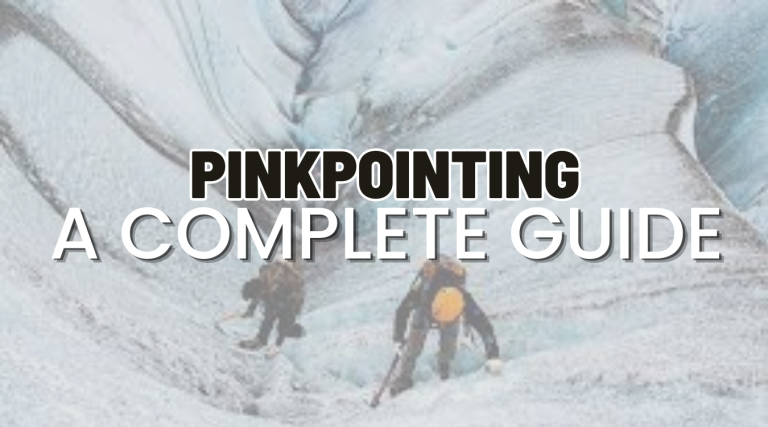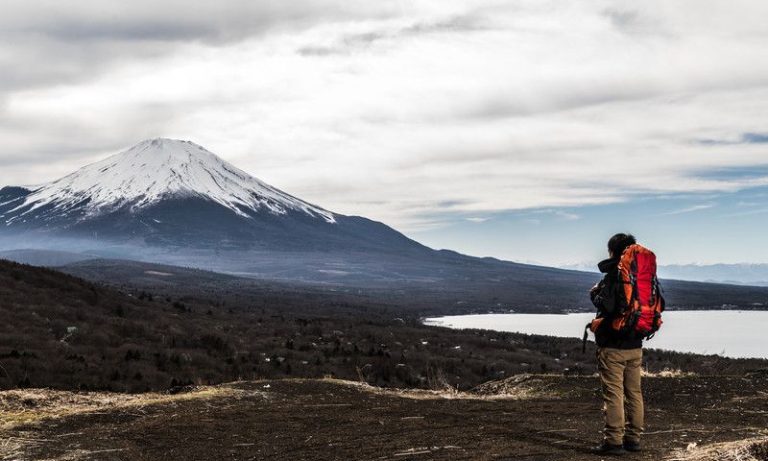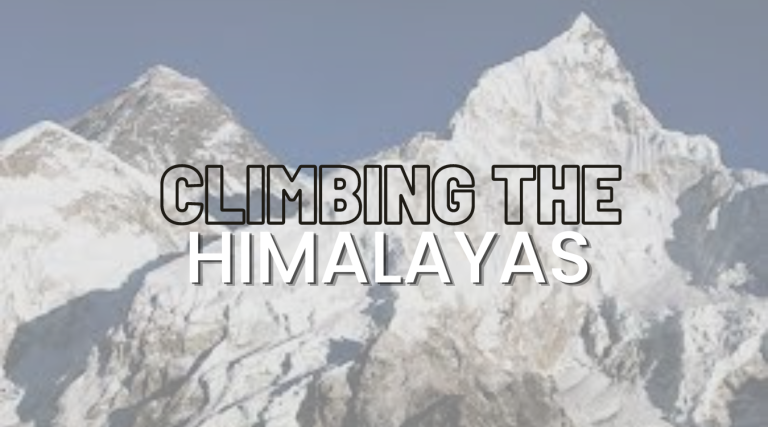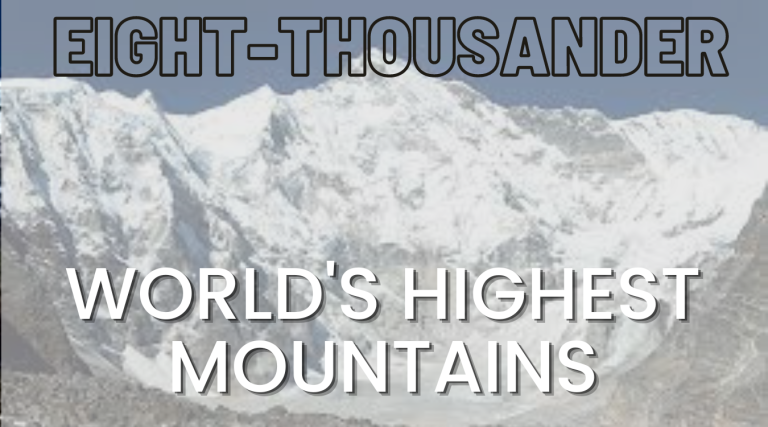10 Must-Climb Peaks for Avid Baggers
If you’re an avid bagger, then you’re constantly on the lookout for new peaks to climb. Whether it’s the thrill of the ascent or the stunning views from the top, bagging peaks is a challenge that many adventurers can’t resist. In this article, we’ll take a look at 10 must-climb peaks for avid baggers. From the highest peak in North America to a lesser-known mountain in South America, we’ve got you covered. So grab your gear and get ready for some serious climbing!
1. Mount Everest – Nepal/Tibet
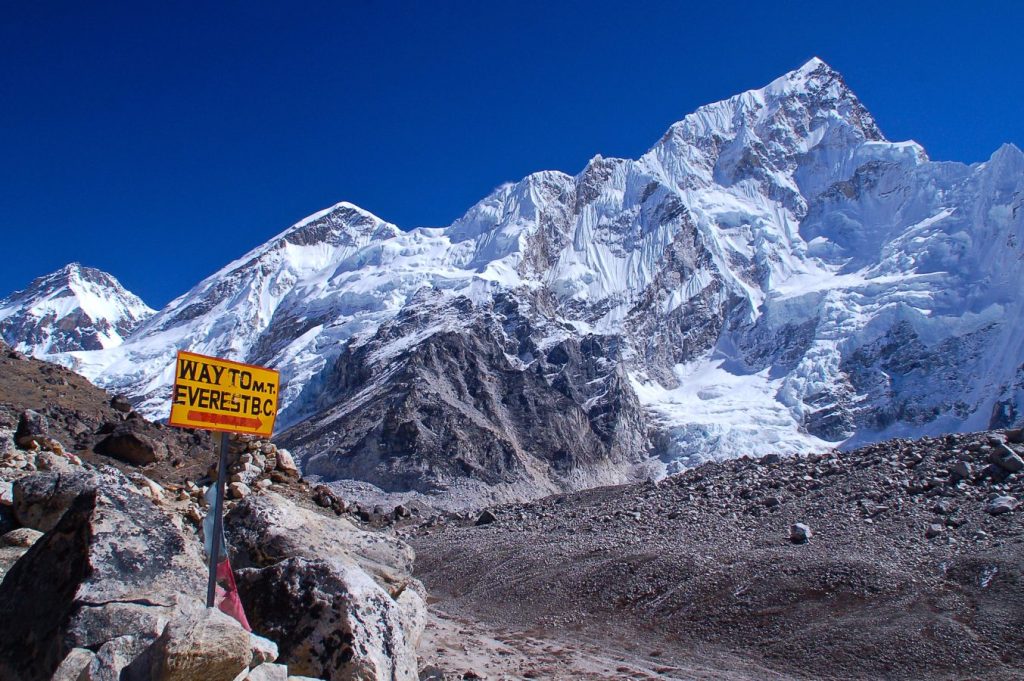
As the highest peak in the world, Mount Everest is on the bucket list of every avid bagger. Located on the border of Nepal and Tibet, the climb to the top of this mountain is a true test of endurance and skill. The ascent can take anywhere from 6 to 8 weeks, and the altitude can be a serious challenge. But for those who make it to the top, the views and sense of accomplishment are unparalleled.
2. Denali – Alaska, USA
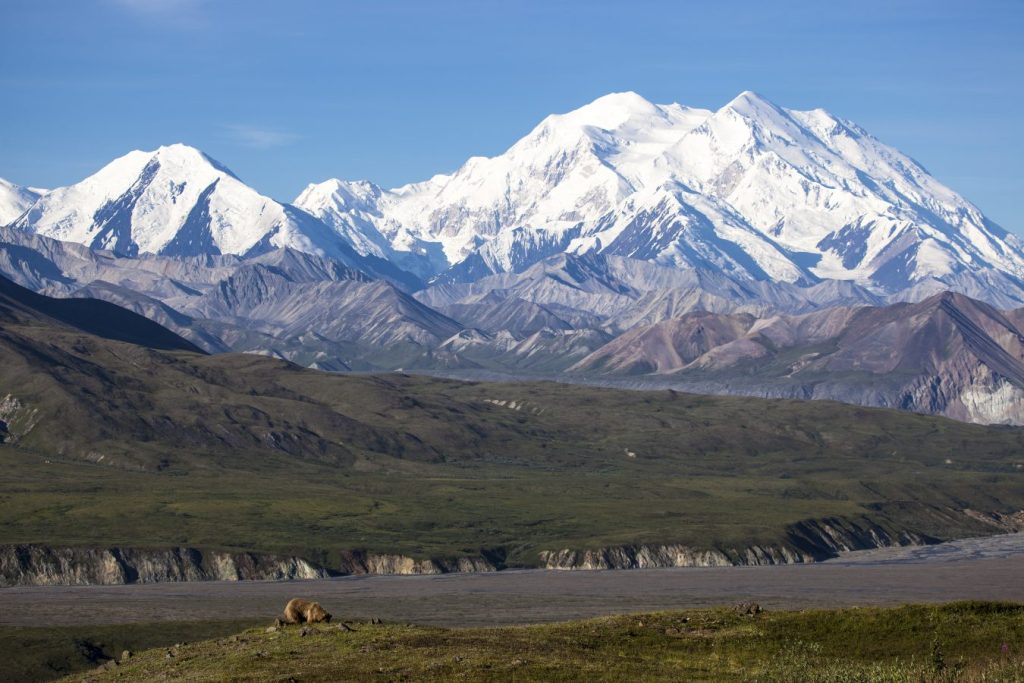
Denali, formerly known as Mount McKinley, is the highest peak in North America. Located in Alaska’s Denali National Park, the climb to the top of this mountain is a serious undertaking. The weather can be unpredictable, and the altitude can cause altitude sickness. But for those who are up for the challenge, the views of the Alaskan wilderness are breathtaking.
3. Aconcagua – Argentina
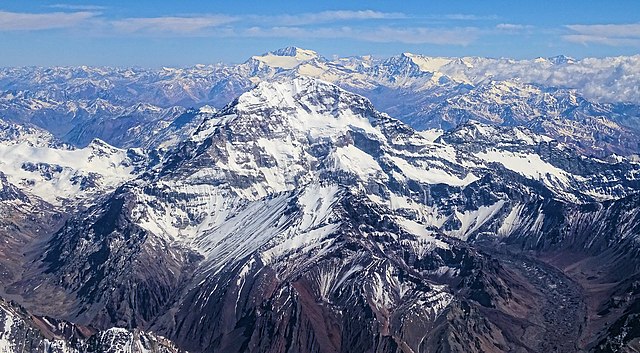
Aconcagua is the highest peak in the Americas, located in the Andes Mountains in Argentina. While not as well-known as some of the other peaks on this list, Aconcagua is a challenging climb that attracts many avid baggers each year. The climb to the top takes about 2 weeks, and the altitude can be a serious challenge. But for those who make it to the top, the views of the Andes are unforgettable.
4. Kilimanjaro – Tanzania

Located in Tanzania, Kilimanjaro is the highest peak in Africa. It’s a popular climb for avid baggers because it doesn’t require any technical climbing skills. However, the altitude can be a challenge, and the climb to the top can take several days. But for those who make it to the top, the views of the African landscape are truly awe-inspiring.
5. Mont Blanc – France/Italy
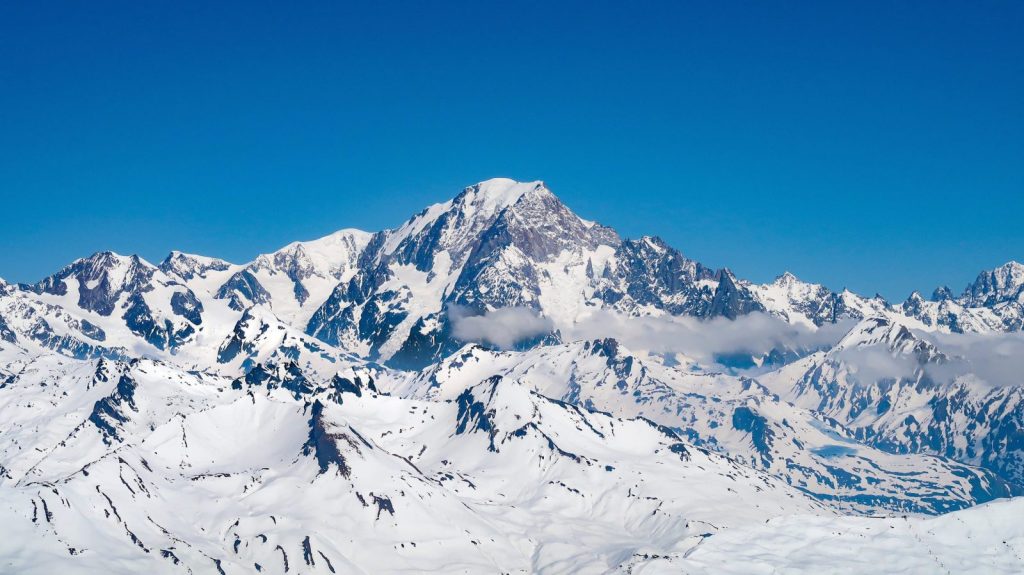
Mont Blanc is the highest peak in the Alps, located on the border of France and Italy. The climb to the top can be challenging, with technical climbing skills required in some sections. But for those who make it to the top, the views of the surrounding Alps are stunning.
6. Mount Elbrus – Russia
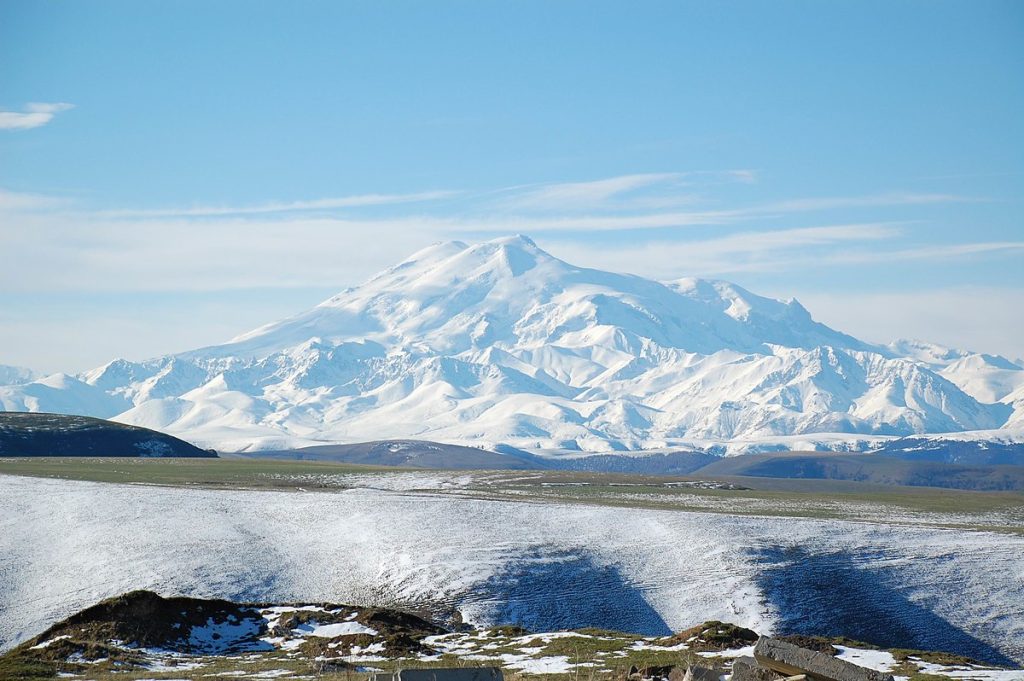
Located in Russia’s Caucasus Mountains, Mount Elbrus is the highest peak in Europe. The climb to the top is challenging, with steep slopes and unpredictable weather. But for those who make it to the top, the views of the surrounding Caucasus Mountains are breathtaking.
7. Huayna Picchu – Peru
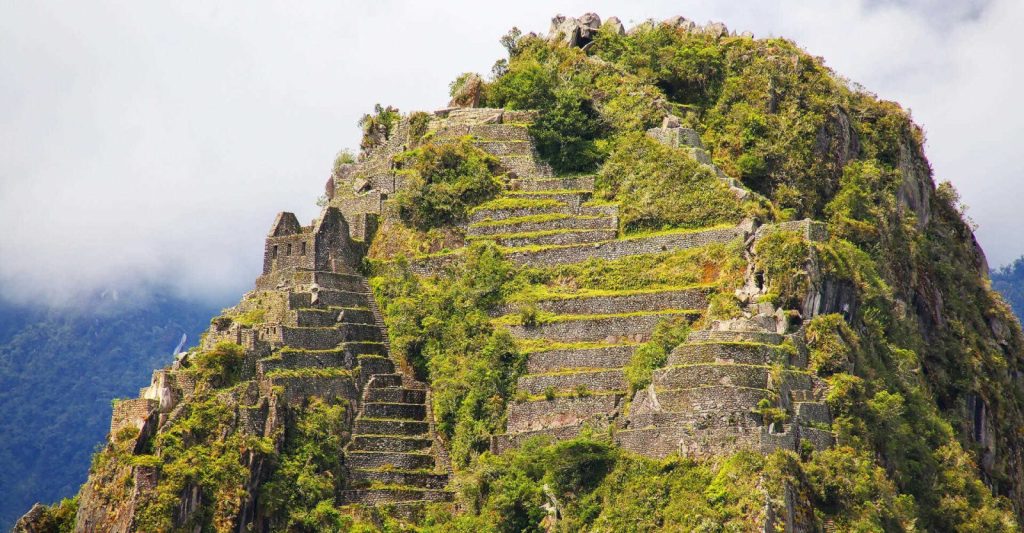
While not as high as some of the other peaks on this list, Huayna Picchu in Peru is a popular climb for avid baggers because of its unique location. Located next to the ancient Incan city of Machu Picchu, the climb to the top of Huayna Picchu offers stunning views of the ruins below.
8. Mount Fuji – Japan
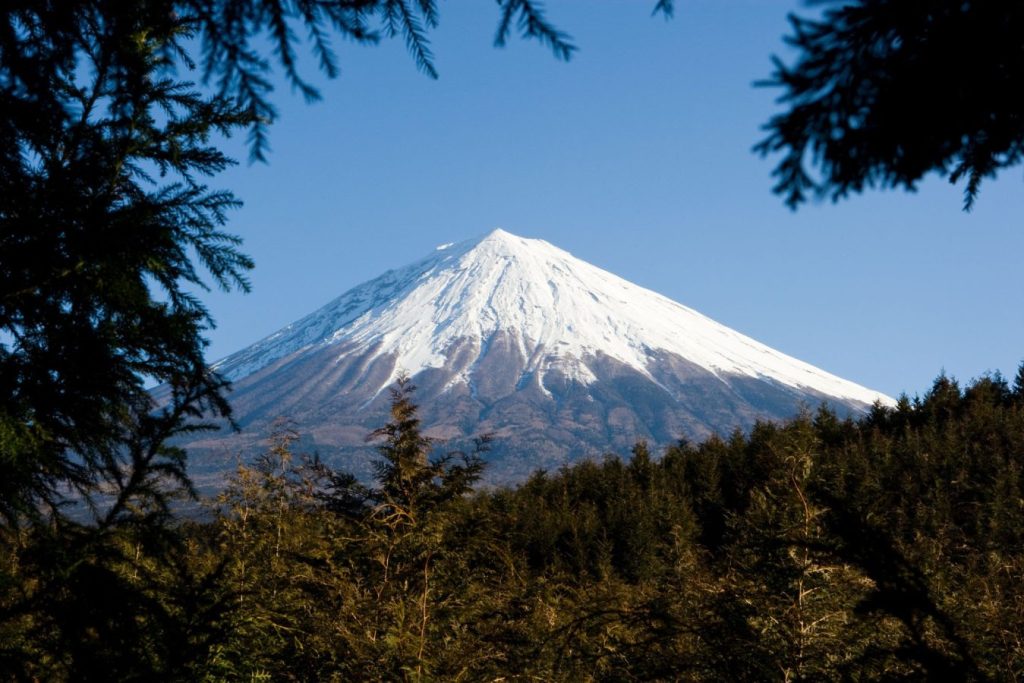
Located on the island of Honshu in Japan, Mount Fuji is a popular climb for avid baggers because of its unique shape and cultural significance. The climb to the top can be challenging, but for those who make it to the top, the views of the surrounding
9. Mount Kosciuszko – Australia
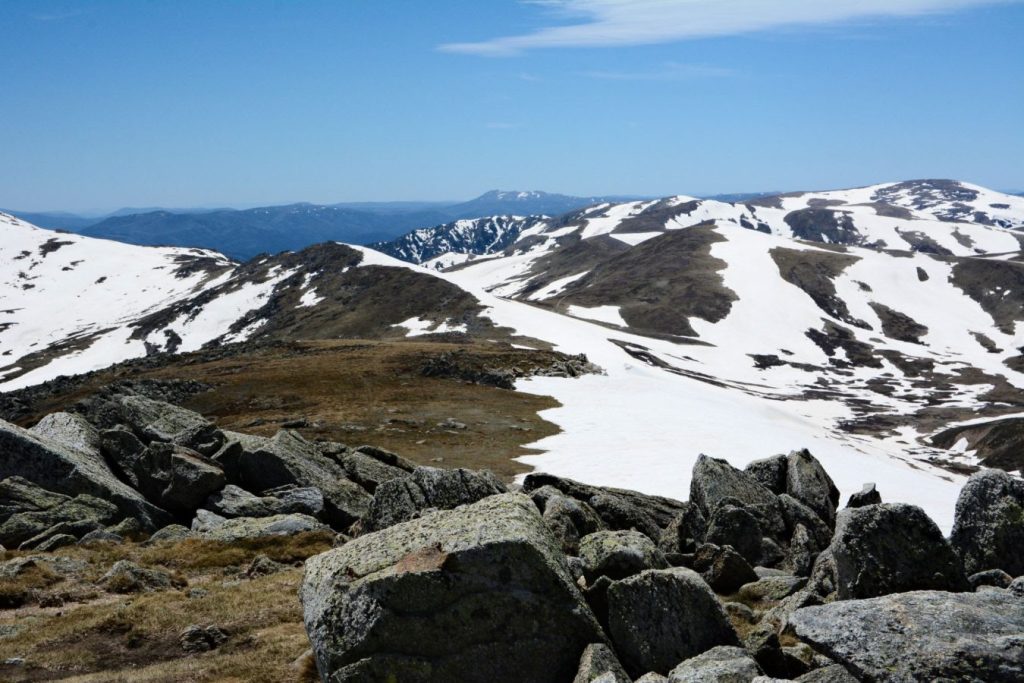
Mount Kosciuszko is the highest peak in Australia, located in the Snowy Mountains of New South Wales. The climb to the top is relatively easy, with a well-maintained track that takes you through alpine meadows and past glacial lakes. For those who make it to the top, the views of the surrounding countryside are stunning.
10. Vinson Massif – Antarctica

For the truly adventurous, Vinson Massif in Antarctica is the ultimate climb. As the highest peak on the continent, the climb to the top is a serious undertaking that requires advanced mountaineering skills and a willingness to endure extreme temperatures. But for those who make it to the top, the sense of accomplishment is unparalleled.
Conclusion
| Peak | Location | Elevation (feet) | Difficulty | Best time to climb |
|---|---|---|---|---|
| Mount Everest | Nepal/Tibet | 29,029 | Extremely Difficult | April-May, Sept-Oct |
| Denali | Alaska, USA | 20,310 | Extremely Difficult | May-July |
| Aconcagua | Argentina | 22,841 | Very Difficult | Nov-Mar |
| Kilimanjaro | Tanzania | 19,341 | Moderately Difficult | Jan-Feb, Jun-Oct |
| Mont Blanc | France/Italy | 15,781 | Difficult | Jun-Sep |
| Mount Elbrus | Russia | 18,510 | Moderately Difficult | Jun-Aug |
| Huayna Picchu | Peru | 8,920 | Moderately Difficult | All year |
| Mount Fuji | Japan | 12,388 | Moderately Difficult | Jul-Aug |
| Mount Kosciuszko | Australia | 7,310 | Easy | Nov-Mar |
| Vinson Massif | Antarctica | 16,050 | Extremely Difficult | Nov-Jan |
Bagging peaks is a challenge that many adventurers can’t resist. From the highest peak in the world to lesser-known mountains in remote corners of the globe, there are plenty of peaks to climb for those who are up for the challenge. Whether it’s the thrill of the ascent or the stunning views from the top, climbing mountains is a test of endurance and skill that is truly rewarding.
FAQs
- What is an avid bagger? An avid bagger is a person who is passionate about climbing mountains and adding to their list of summits climbed.
- Are these climbs suitable for beginners? Most of the climbs on this list require advanced mountaineering skills and a high level of physical fitness. It’s important to start with smaller climbs and work your way up to more challenging peaks.
- What gear do I need to climb these peaks? Each climb requires different gear, but some essentials include a good quality backpack, sturdy hiking boots, warm clothing, and technical climbing gear such as ropes and harnesses.
- Is it safe to climb these peaks? Mountaineering is inherently dangerous, and climbers should take every precaution to minimize the risk of injury or death. It’s important to climb with experienced guides and to be prepared for changes in weather and altitude.
- How can I prepare for climbing these peaks? Preparation is key when it comes to climbing mountains. This includes building your fitness level, practicing technical climbing skills, and learning about the specific challenges of each climb.

